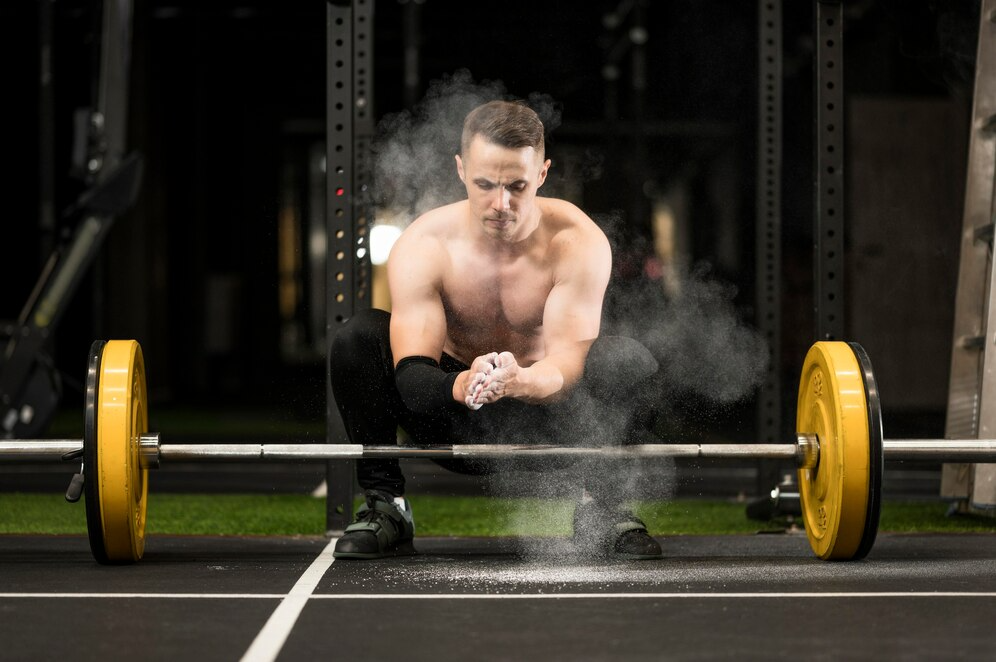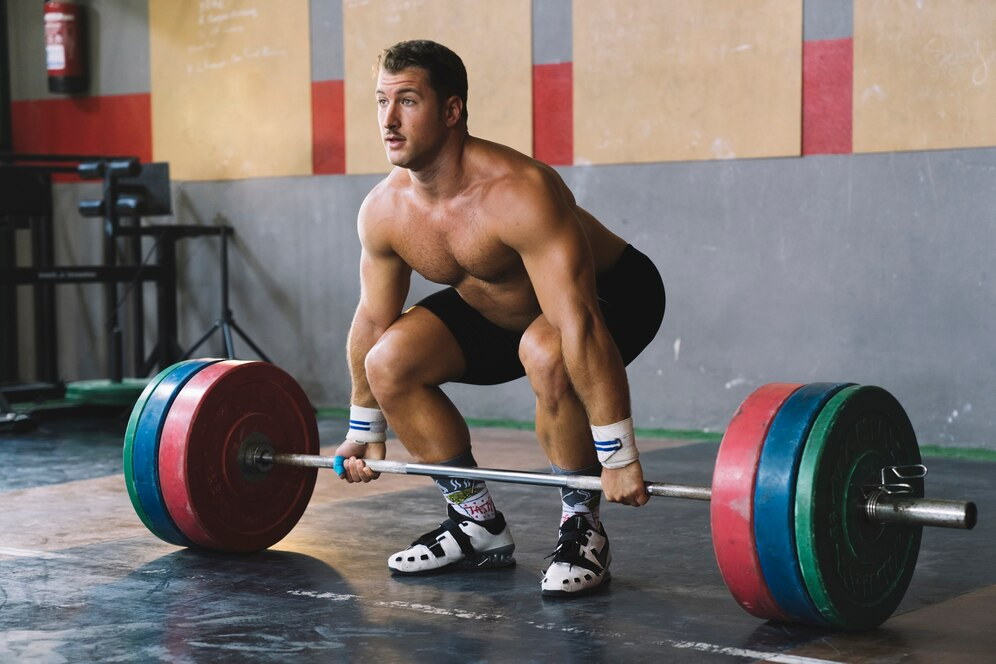Mastering The Art Of Olympic Weightlifting: A Comprehensive Guide To Essential Exercises
Table of Contents
Olympic weightlifting is a dynamic and exhilarating sport that demands strength, speed, and precision. It has been a cornerstone of athletic training for decades, providing athletes with a powerful means of developing explosive strength, flexibility, and overall athleticism.
At the heart of Olympic weightlifting are a set of foundational exercises that form the backbone of any serious weightlifting program.
In this comprehensive guide, we will delve into the key Olympic weightlifting exercises, exploring their benefits, techniques, and the role they play in enhancing athletic performance.
1. The Clean And Jerk: The King Of Olympic Lifts
Overview:
The Clean and Jerk is the pinnacle of Olympic weightlifting, combining two distinct movements into one seamless sequence.
It involves lifting the barbell from the ground to the shoulders (clean) and then from the shoulders to overhead (jerk). This exercise showcases an athlete’s power, speed, and technical prowess.
Benefits:
Full-Body Engagement: The Clean and Jerk engages multiple muscle groups, including the legs, back, shoulders, and core, promoting overall strength development.
Explosive Power: The rapid, forceful movements required in the Clean and Jerk enhance an athlete’s explosive power, crucial in many sports.
Coordination and Timing: Mastering the Clean and Jerk hones an athlete’s coordination and timing skills, critical for success in weightlifting and other athletic endeavors.
Technique:
The Clean:
- Set-up and Grip
- First Pull
- Transition Phase
- Second Pull
- Catch Position
The Jerk:
- Dip Phase
- Drive Phase
- Split or Power Jerk
2. The Snatch: A Display of Speed and Precision
Overview:
The Snatch is another iconic Olympic weightlifting exercise, challenging athletes to lift the barbell from the ground to overhead in one swift motion. It demands exceptional flexibility, speed, and technical proficiency.
Benefits:
- Increased Range of Motion: The Snatch requires a wide range of motion, enhancing flexibility in the hips, ankles, and shoulders.
- Speed and Agility: Performing the Snatch develops an athlete’s speed and agility, crucial attributes in various sports.
- Improved Grip Strength: The wide grip in the Snatch strengthens the wrists and forearms, enhancing overall grip strength.
Technique:
- Starting Position
- First Pull
- Transition Phase
- Second Pull
- Overhead Squat or Power Snatch
3. Assistance Exercises: Strengthening the Foundation
Front Squats:
- Benefits and Technique
- Importance in Olympic Weightlifting Training
Overhead Squats:
- Benefits and Technique
- Enhancing Stability and Mobility
Push Press and Push Jerk:
- Differentiating the Movements
- Developing Shoulder Strength and Stability
4. Programming and Periodization: Crafting an Effective Training Plan
Understanding Periodization:
- Microcycles, Mesocycles, and Macrocycles
- Balancing Intensity and Volume
Accessory Work:
- Strengthening Weak Points
- Injury Prevention
5. Nutrition And Recovery: Fueling Olympic Weightlifting Success
Macronutrient Requirements:
- Protein, Carbohydrates, and Fats
- Timing and Meal Composition
Recovery Strategies:
- Sleep and Its Impact on Performance
- Mobility and Stretching
Conclusion:
Mastering Olympic weightlifting is a journey that requires dedication, discipline, and a solid understanding of the foundational exercises.
The Clean and Jerk and Snatch, along with their supporting exercises, lay the groundwork for athletes seeking to elevate their strength, speed, and overall athletic performance.
Through consistent practice, proper technique, and a holistic approach to training, individuals can unlock the transformative benefits of Olympic weightlifting, reaching new heights in their fitness journey.


